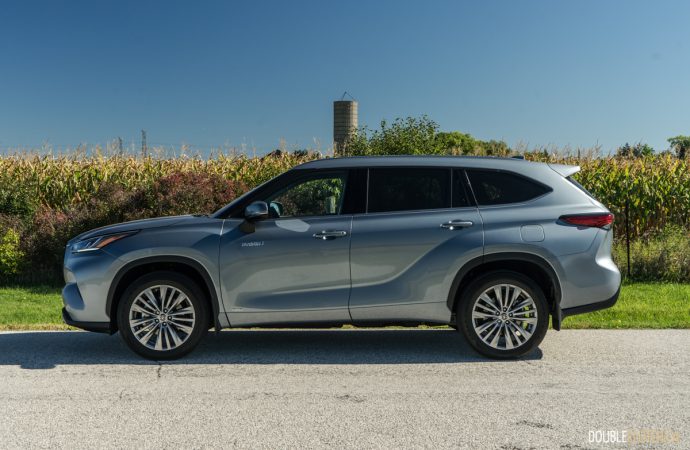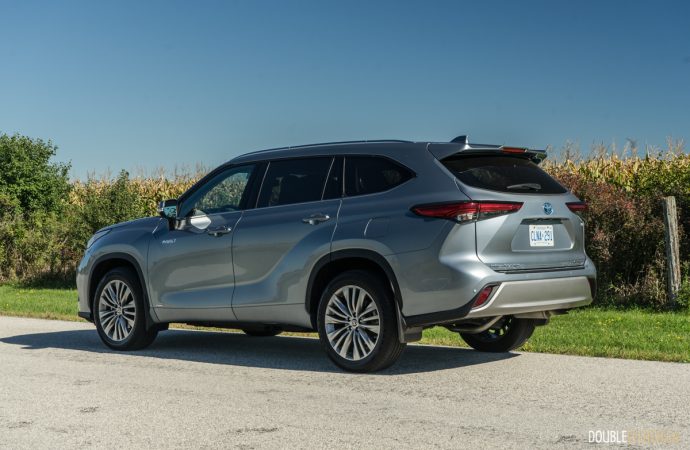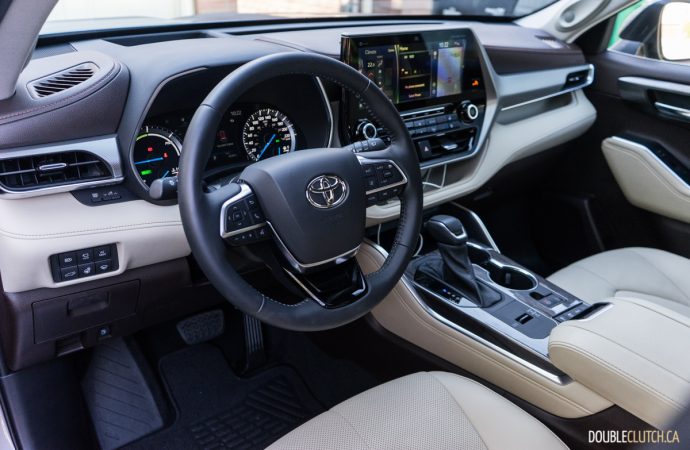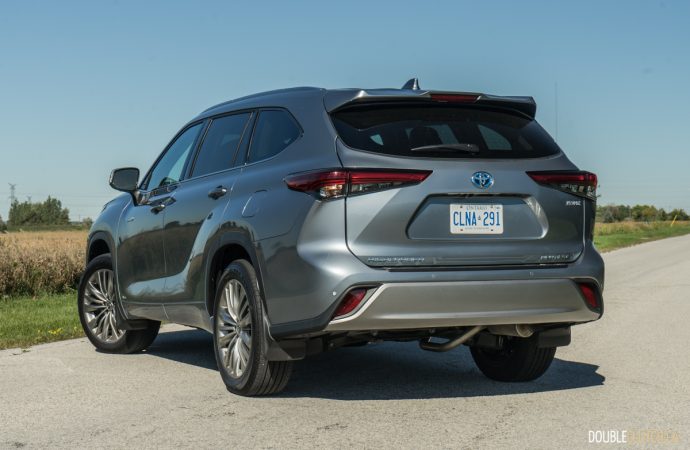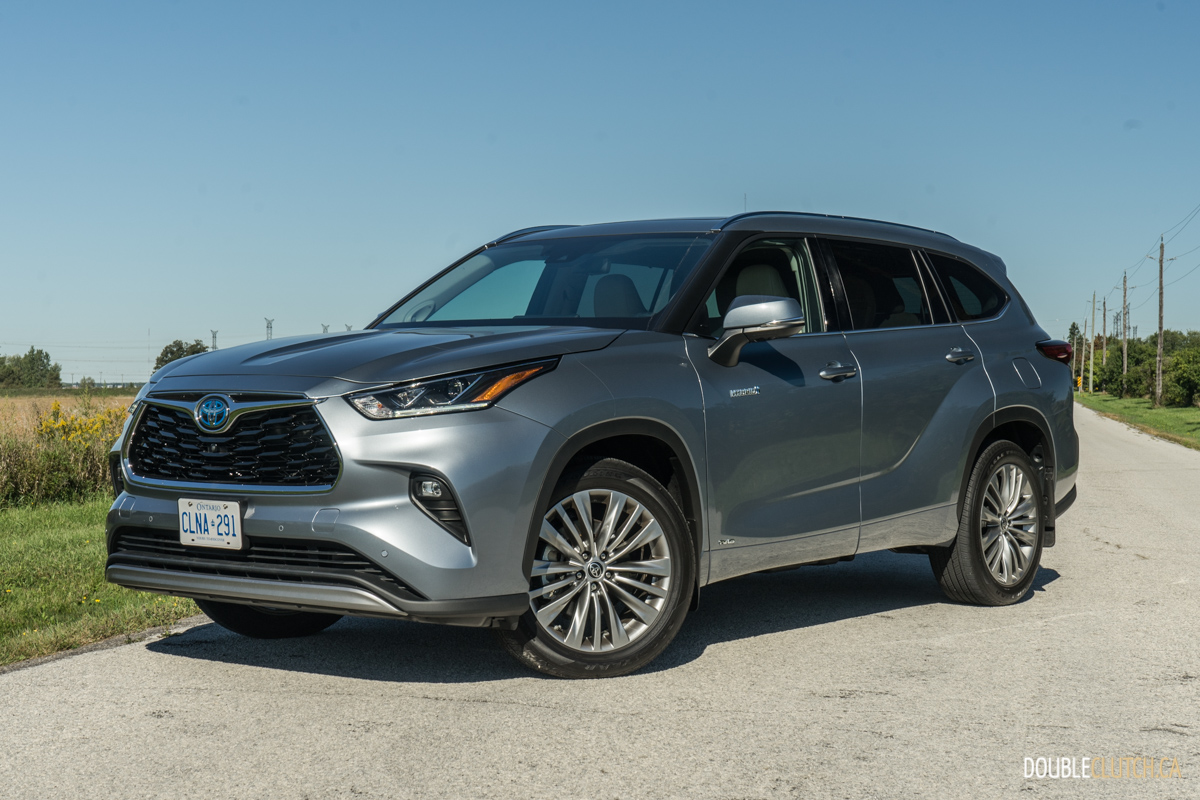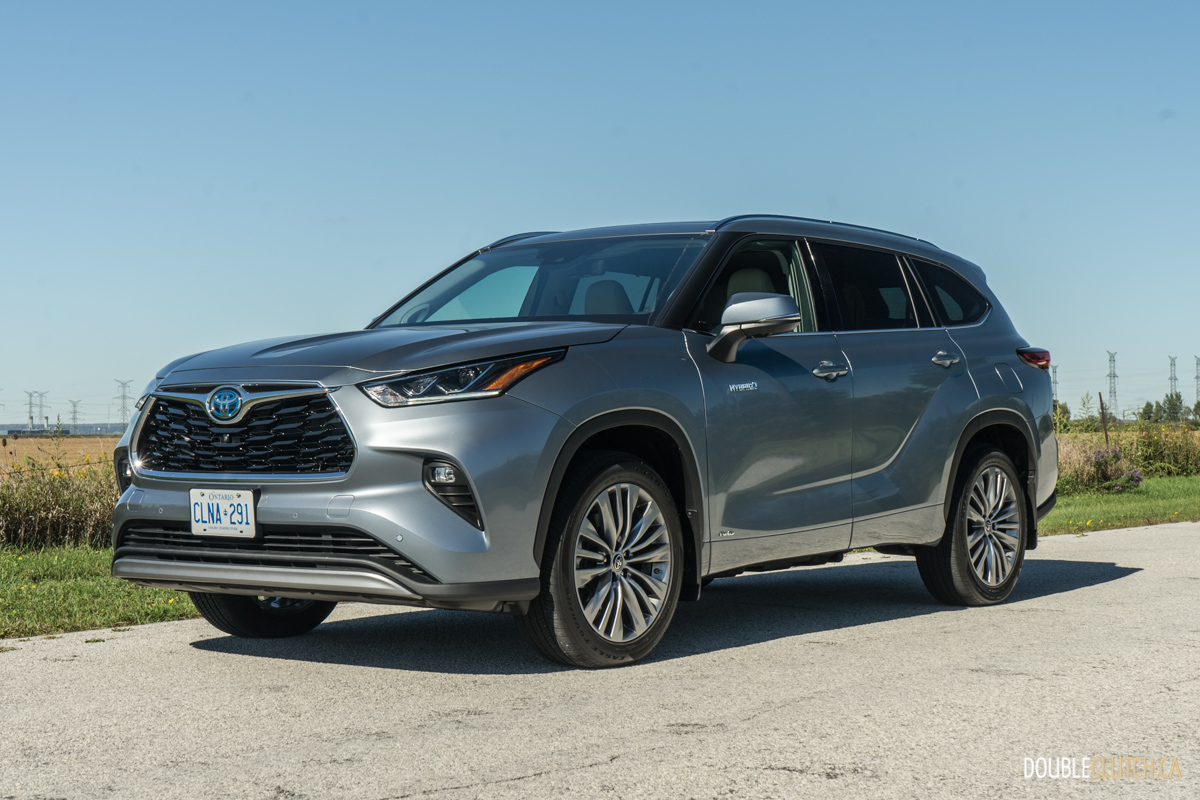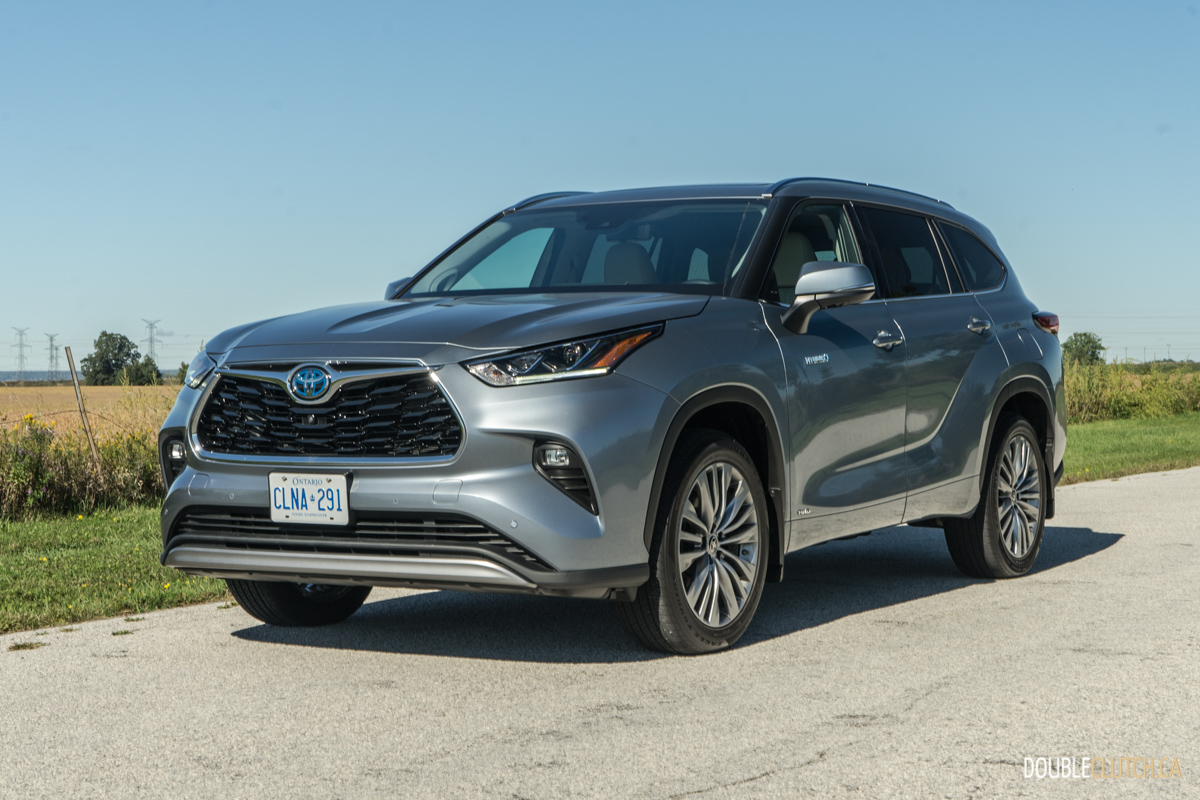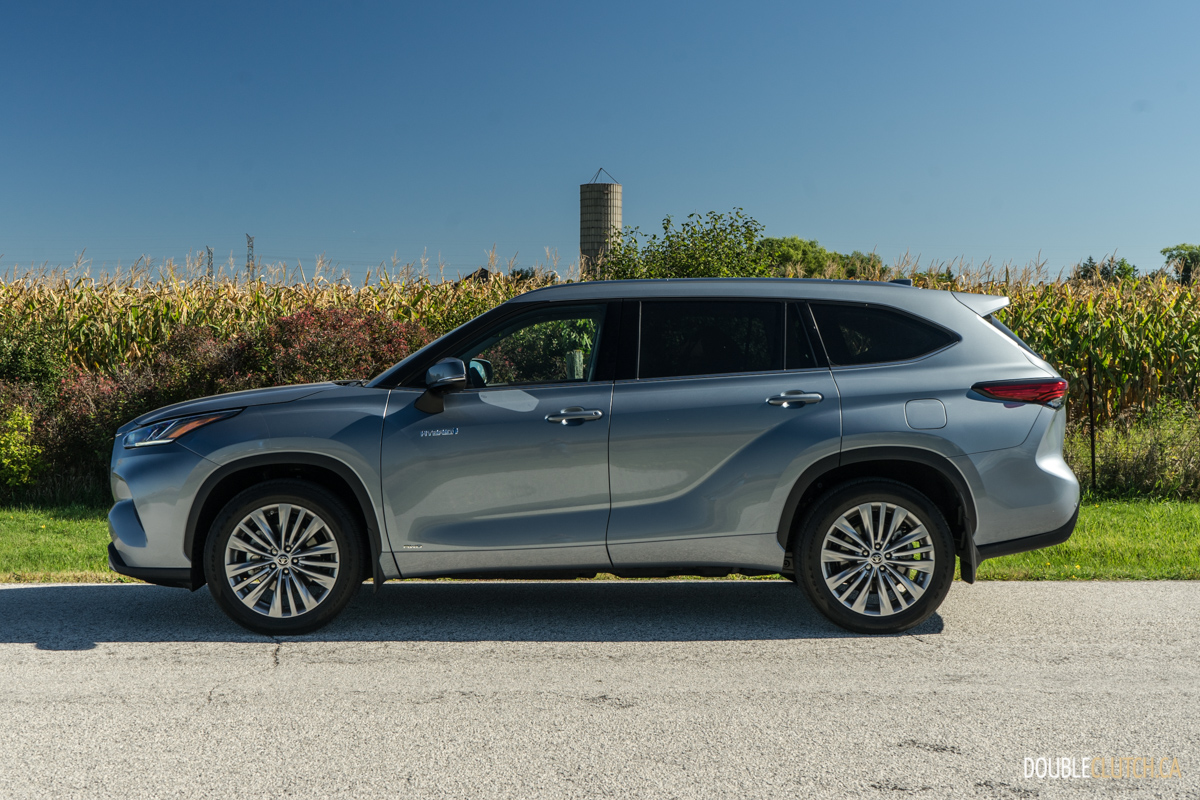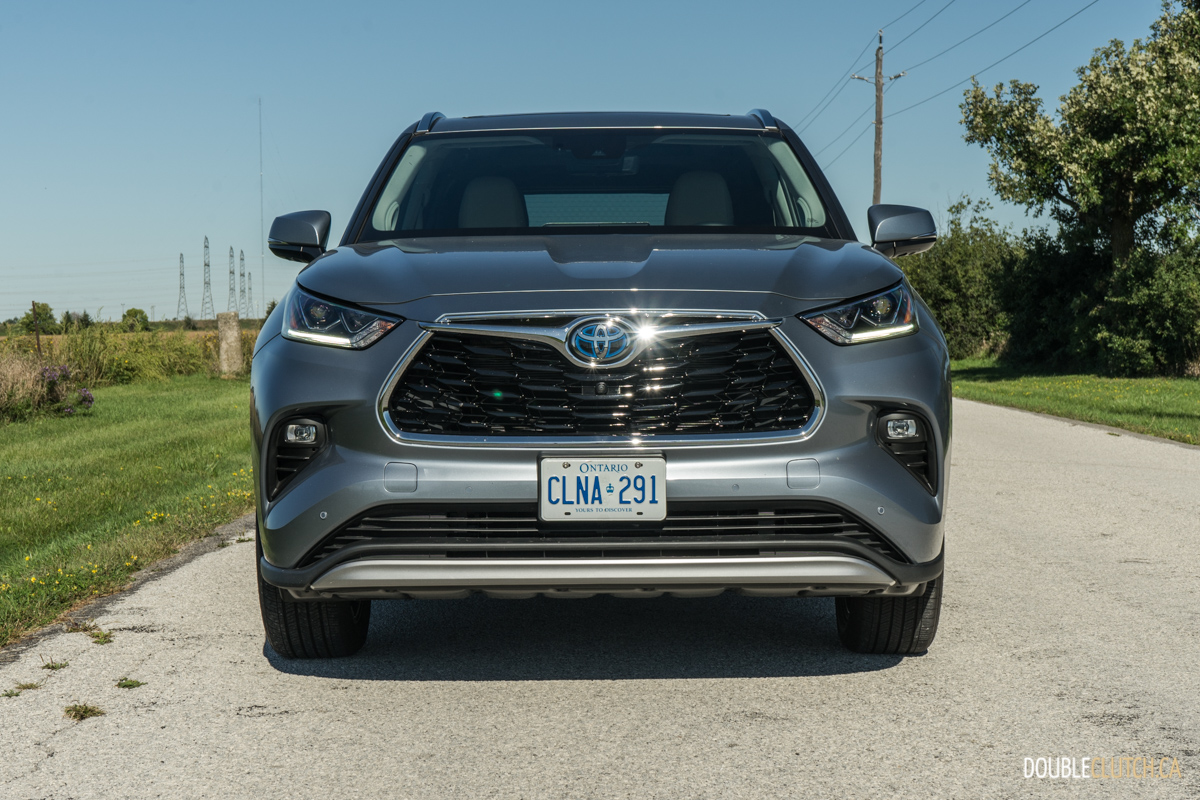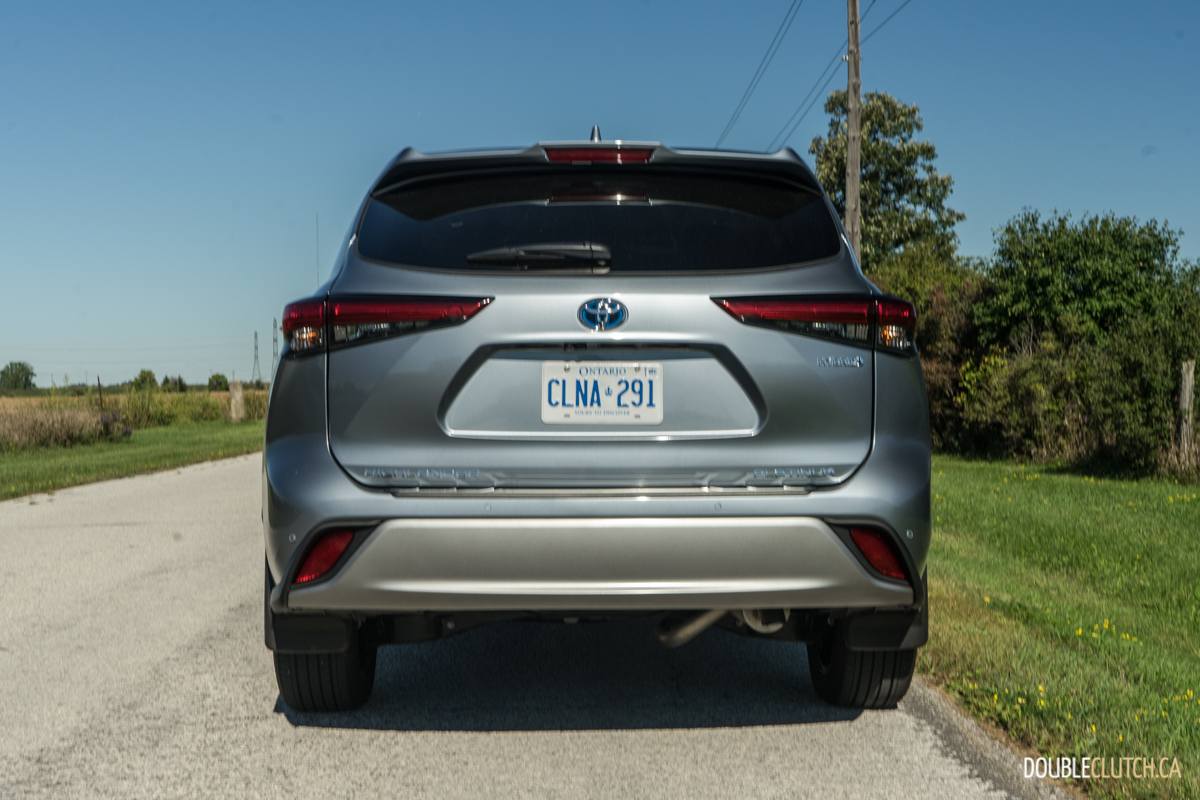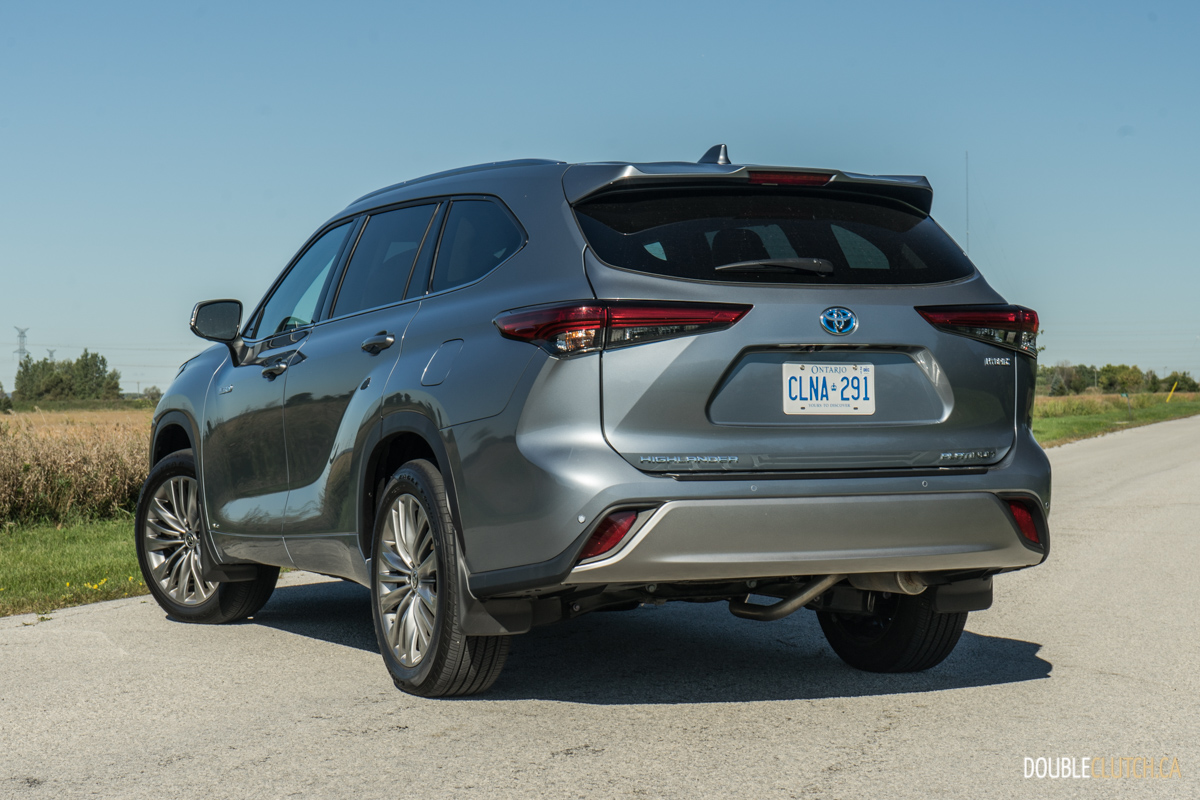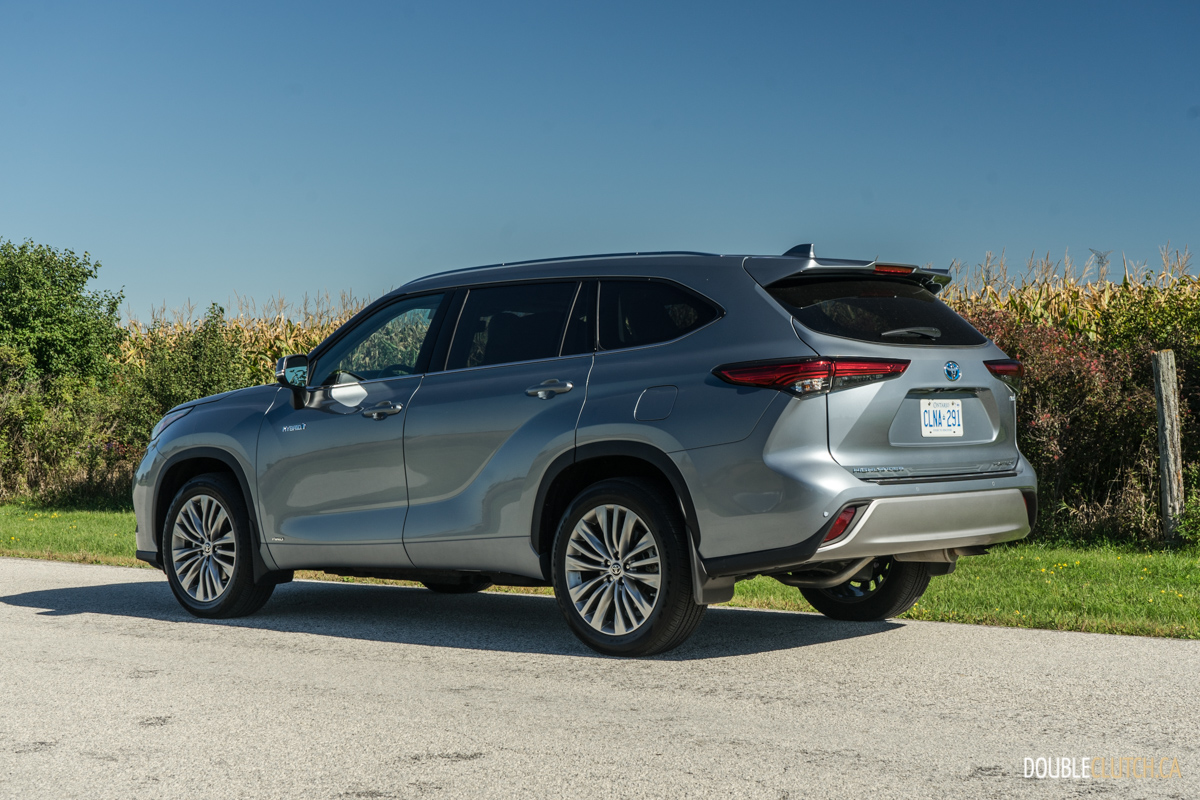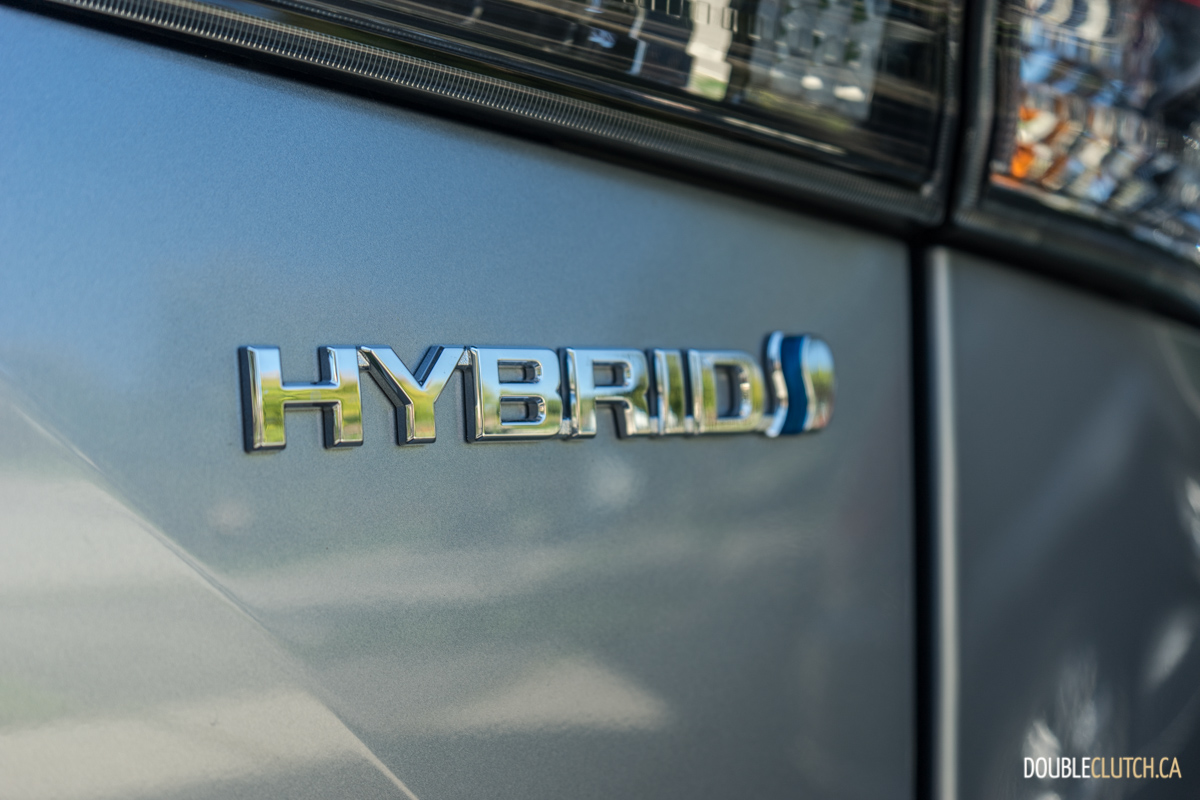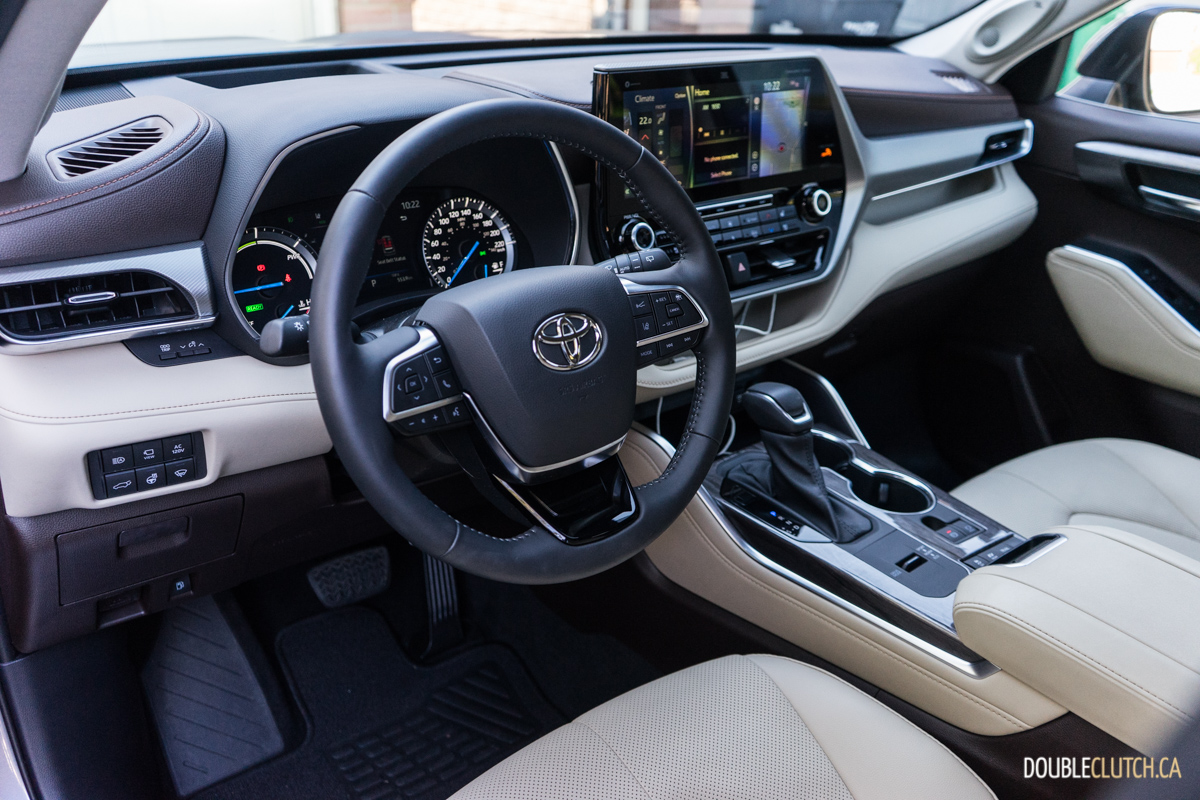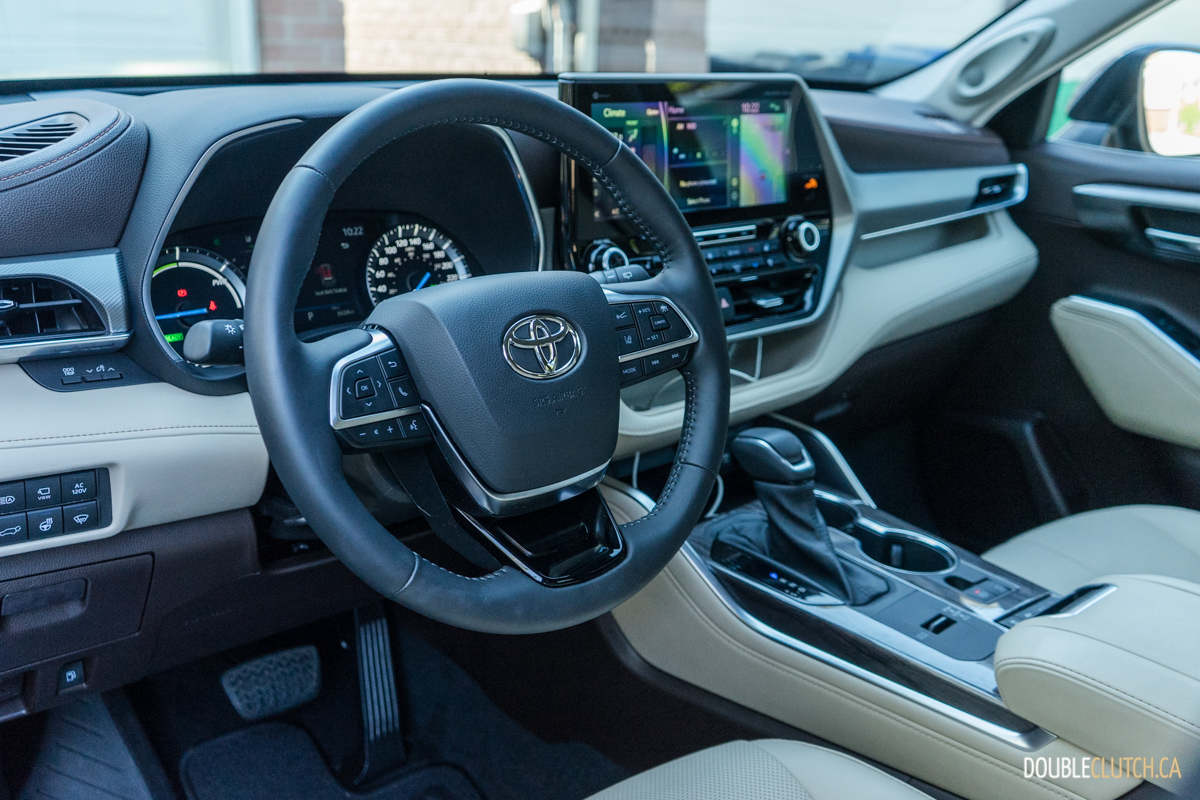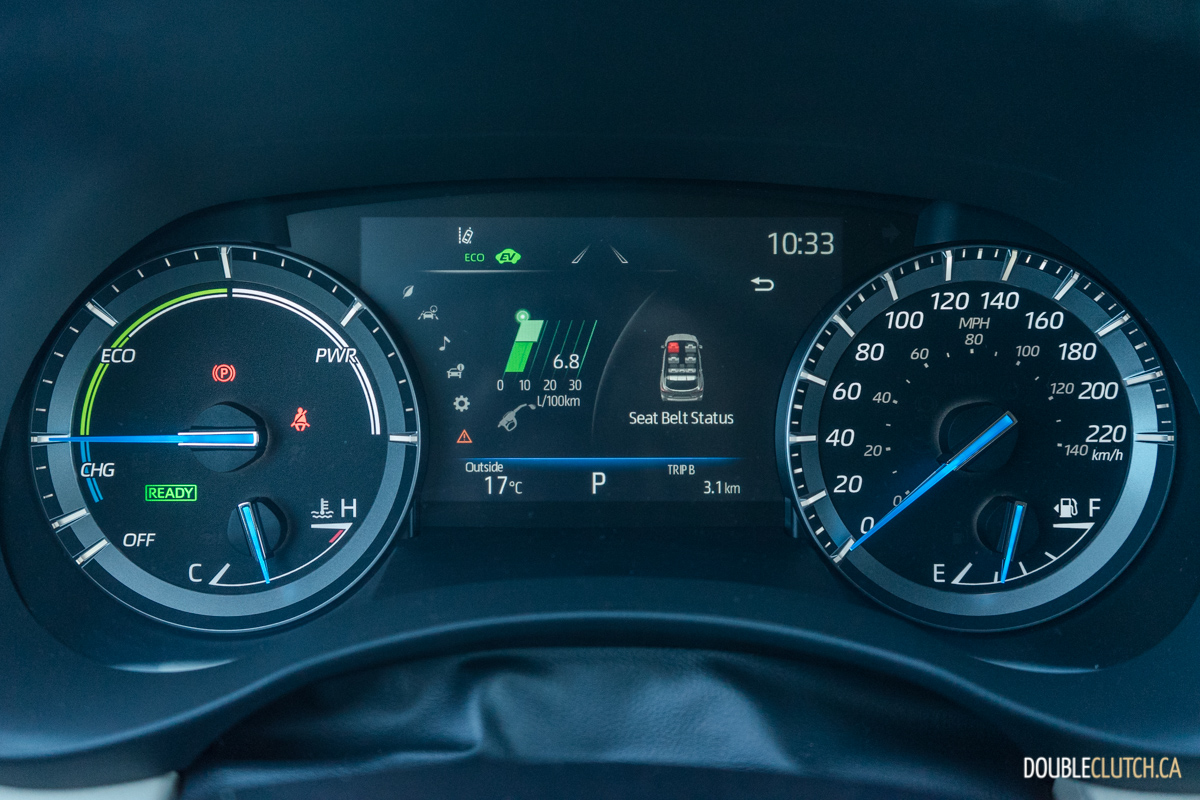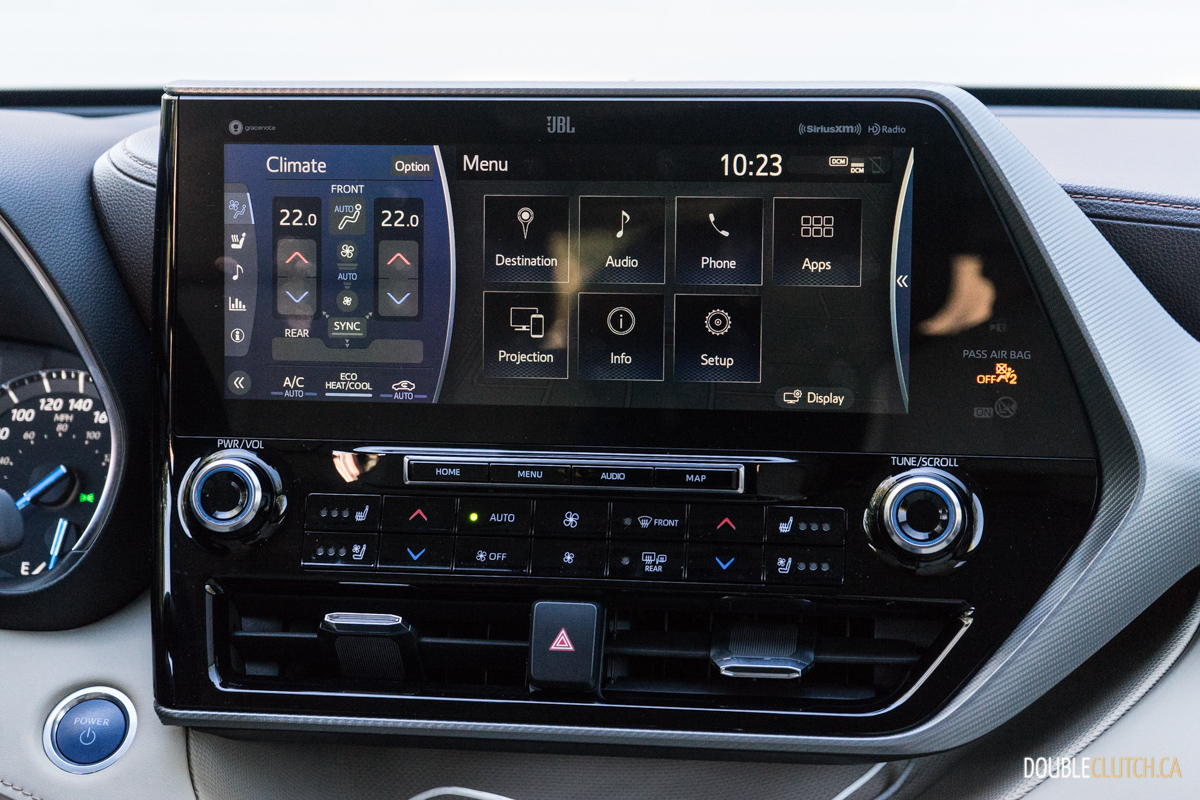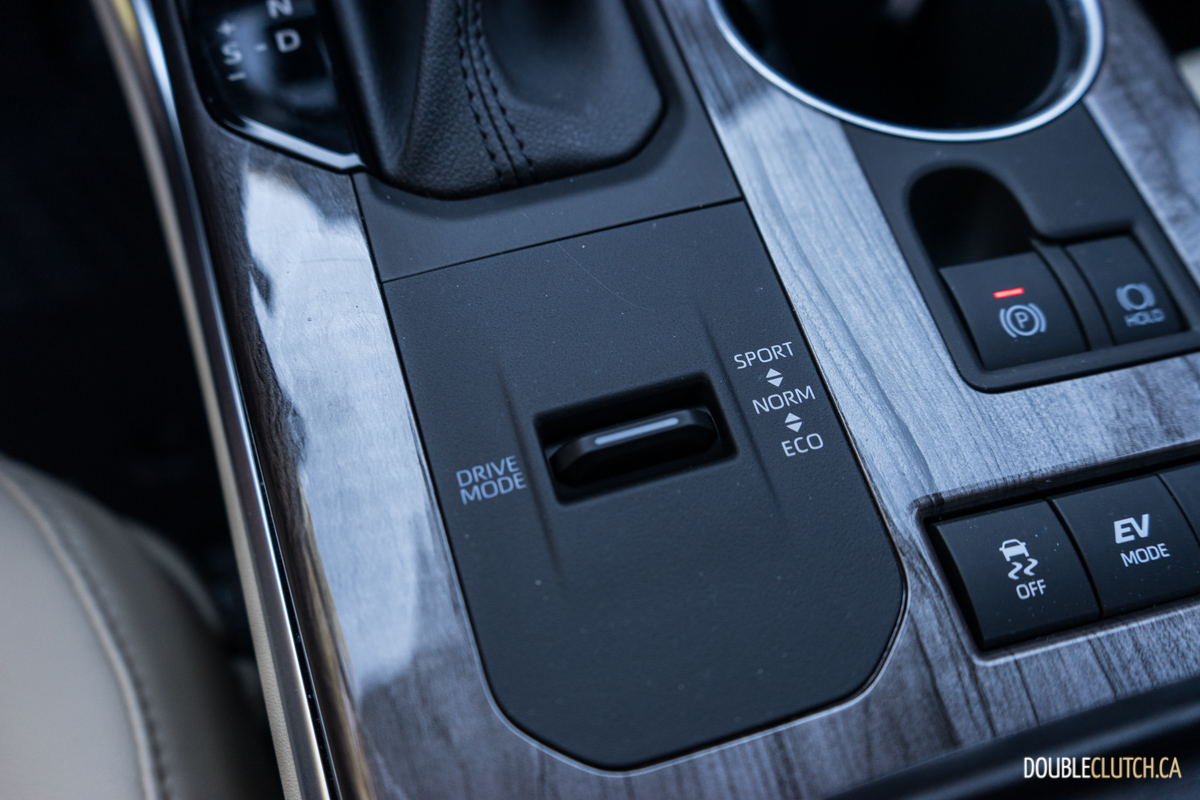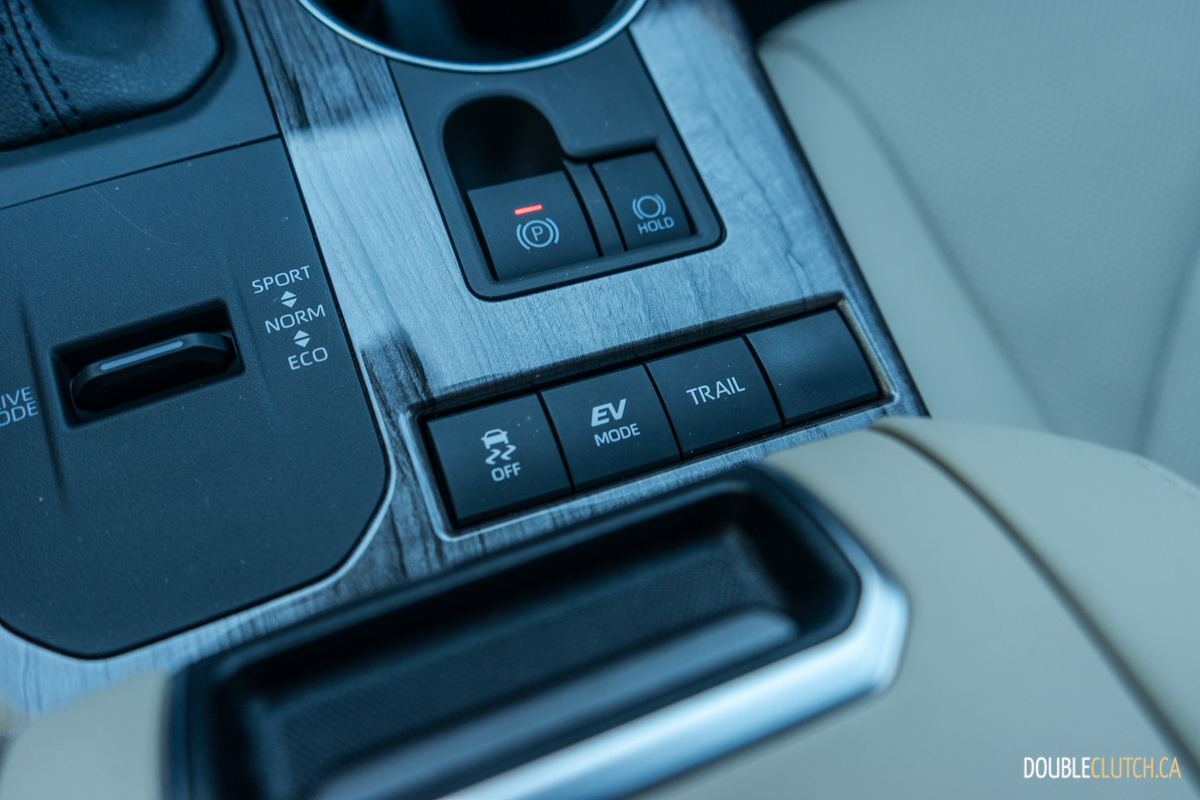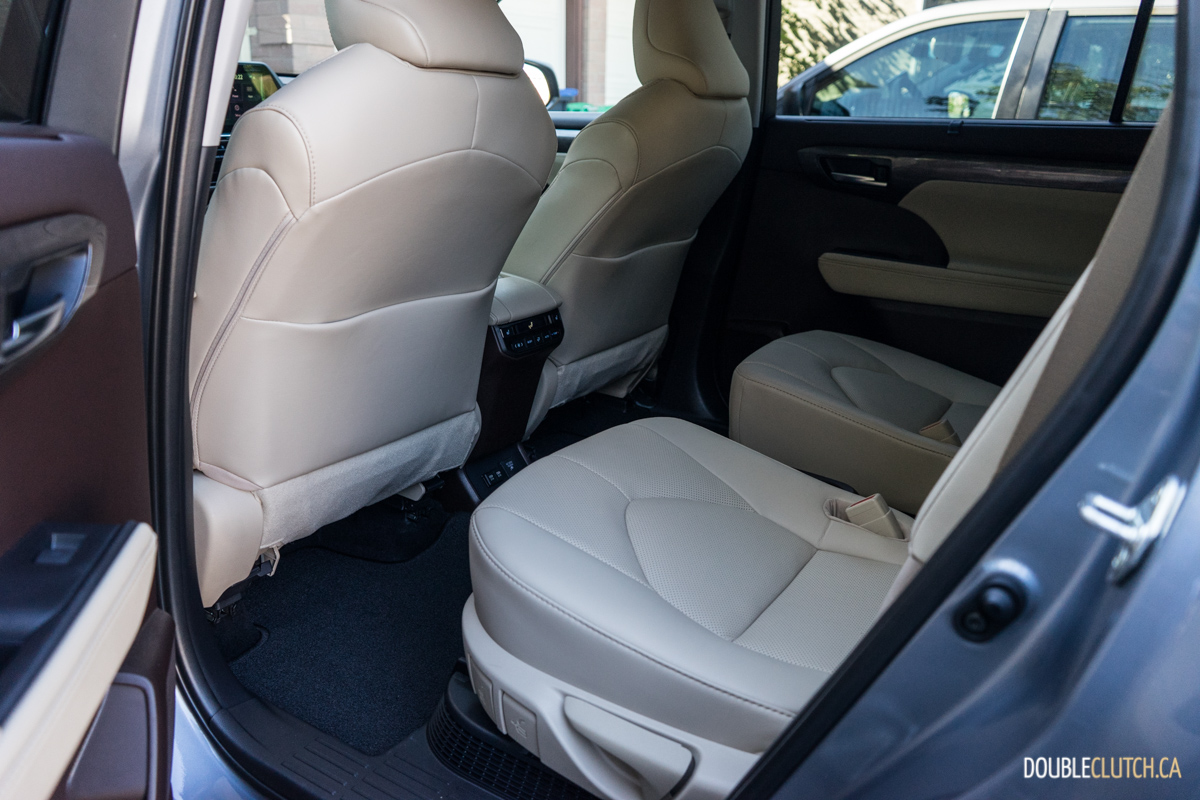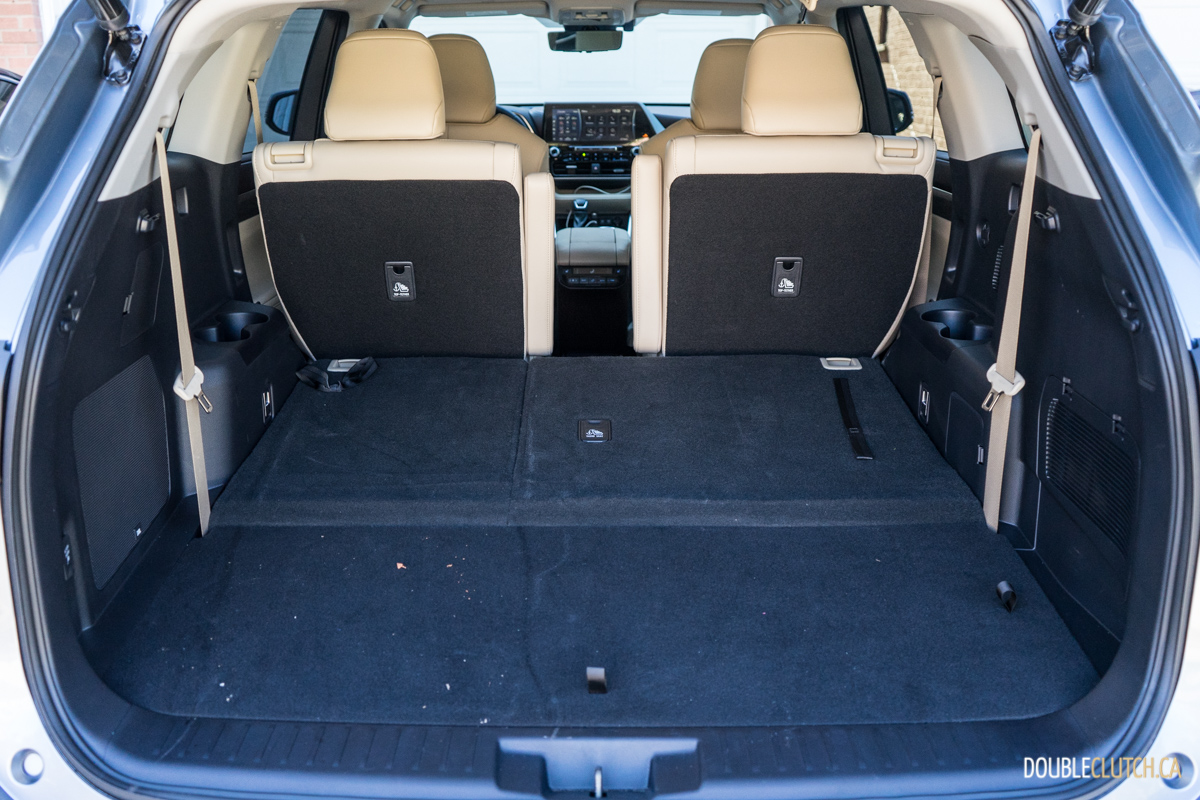The three-row family crossover segment is one that I get asked about the most. Many young families have established that the second a baby pops out, a seven-seat SUV is an immediate necessity. I digress however, as someone not in the position to comment. We spent a week with the 2021 Toyota Highlander Hybrid, in its top Platinum trim level, to see for ourselves why this entry in a popular class continuously sits at the top of sales charts, residual value, and well, thieves’ eyes.
Based on the TNGA platform that underpins the majority of Toyota’s current offerings, the Highlander has stout architecture, very conservative styling inside and out, and is designed for comfort and efficiency. The design of the latest Highlander, which debuted for 2020, is more evolutionary than revolutionary, and other than the fresher fasciae, does a swell job of blending in with the sea of beige, silver and grey SUVs at the local Costco. An odd styling bit is the “Hybrid” badges on the front doors, rather than on the fenders.
While six-cylinder three-row SUVs are plentiful in this market, what gives the Highlander an advantage is the available Hybrid Synergy Drive powertrain. Obviously offered at a price premium, Highlander Hybrids do away with the naturally aspirated V6 in favour of a 2.5-liter four-cylinder engine mated to a hybrid system. Combined output is 243 horsepower as opposed to 295 in the V6 model, and a CVT replaces the conventional torque converter automatic.
An advertised advantage to TNGA is substantial improvement in handling and agility, which actually is a pleasant surprise in the Highlander. For a vehicle coming in at nearly 6,000 pounds, it handles remarkably well, with sharp steering response and crisp turn-in. Ride quality is also fairly good, and on the firmer side compared to the previous generation Highlander. It’s not quite as sporty as the Mazda CX-9, but improves on the jittery rear end of the Honda Pilot.
What Hybrid Synergy Drive does extremely well is smoothness, efficiency, and reliability. The CVT ensures there is no “shift shock”, the transition between gasoline and electric power is borderline unnoticeable, and long term reliability has been proven. Toyota Canada offers buyers a hybrid component warranty of 10 years or 240,000km, whichever comes first. What the Highlander Hybrid doesn’t do all that well is accelerate. We observed 8.6 seconds to 100km/h, but this powertrain which feels right at home in the Camry Hybrid just feels strained here.
Combined fuel efficiency for the Highlander Hybrid sits at 6.7L/100km, which surpasses all gasoline competitors by a considerable amount. We observed numbers right in this range, seeing 6.8L/100km after a 600-kilometer test. The 65-liter gas tank happily accepts regular fuel, and results in a cruising range of nearly 1,000 kilometers before the need to refuel. In comparison, the gasoline Highlander is rated at nearly 11L/100km combined.
The interior of the Highlander came as a bit of a disappointment to us. At nearly $60,000, we were expecting quality near that of its cousin, the Lexus RX 350. Fit and finish is fairly good, and the materials are satisfactory, but the Highlander Hybrid is still very obviously a mainstream offering. The airbag cover on the steering wheel is a hard plastic, and the Softex seats, though fairly soft, offer little in the way of support. Also, there’s a substantial gap between the front seats and the doors, which makes resting one’s hand on the door armrest an awkward reach. It’s a small thing, but resulted in discomfort over tedious drives in rush hour.
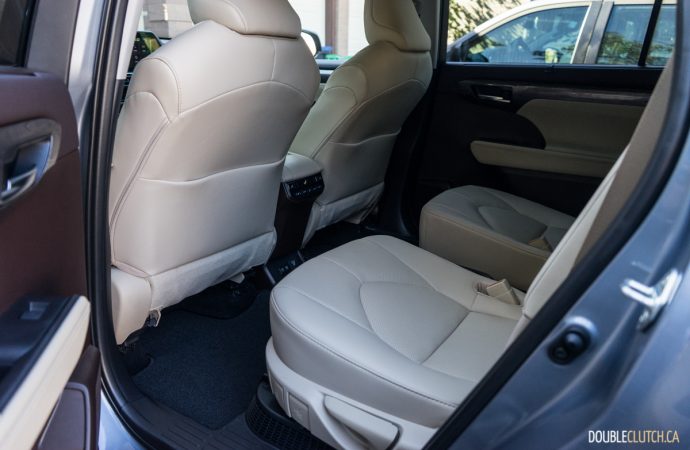
Slight annoyances aside, accommodations in the second and third rows are fairly reasonable. We found the Highlander’s rear seats easier to get into than the Ford Explorer, but the Pilot still remains king of interior packaging. Infotainment is delivered through a 12.3-inch touchscreen that packs Apple CarPlay, Android Auto and the native Toyota interface. It’s adequate if you’re mirroring your smartphone, but these systems only take up two-thirds of the available real estate.
Pricing for the Highlander Hybrid starts at $45,950, a $2,000 premium over the gasoline model with all-wheel-drive. The Platinum tested here builds on the Limited AWD model at $54,150, and is a $2,300 individual package which adds a heads-up display, larger infotainment touchscreen, 20-inch alloys, heated second row captain chairs, and a bird’s eye view camera. Interestingly, the reverse auto tilting mirrors are also part of the Platinum package, a feature that’s standard fare across many mainstream offerings. The Moon Dust paint is an extra $255, bringing our as-tested price to $56,705.
The competition in this segment is seriously fierce, though the Highlander’s redesign last year brought it back up near the top of the segment. Those looking specifically for the fuel savings of a hybrid can look at the new Kia Sorento, which offers both traditional hybrid and plug-in hybrid models. If the third row isn’t really a requirement, the Hyundai Santa Fe offers both configurations as well, though it is a smaller vehicle. A plug-in hybrid is inevitable down the road, likely to be part of Toyota’s “Prime” family.
Toyota is definitely at the forefront of the hybrid game, and for good reason, offering some of the most proven, tried and tested green vehicles on the market. These cars have maintained the qualities that the average Toyota buyer values in their new vehicle, and the 2021 Toyota Highlander Hybrid Platinum is no different. It isn’t without its flaws, but if a three-row crossover is a necessity and fuel efficiency is a priority, buyers won’t go wrong with this option.

